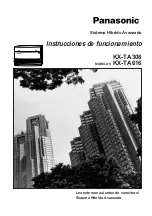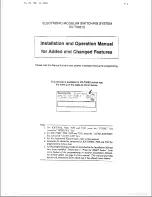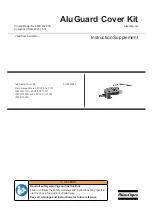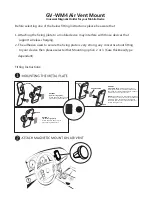
SM150T User Manual 1.0
Appendix 1
43
Laboratory calibration for non-clay soils
This is the easiest technique, but it’s not suitable for soils that shrink or become very
hard when dry.
Equipment you will need:
SM150T and meter
Soil corer (if doing a calibration for a cohesive soil rather than sand
or a substrate)
Heat-resistant beaker (
0.5 litre)
Weighing balance (accurate to < 1g)
Temperature controlled oven (for mineral soils or substrates)
Process
Notes and example
Collect a damp sample of the soil or substrate.
This sample needs to be unchanged from its in-situ density,
to be
0.5 litre, to have the correct dimensions to fit the
beaker, and to be generally uniform in water content.
For cohesive soils this is most easily done with a soil-corer.
Sandy soils can be poured into the beaker, but you should
take the subsequent measurements immediately, as the
water will quickly begin to drain to the bottom of the beaker.
Compressible soils and composts often require
measurement of the in-situ density and then need to be
carefully reconstituted at that density within the beaker.
Measure the volume occupied by the sample.
L
s
= 463.5ml
Weigh the sample, including the beaker
.
W
w
= 743.3g















































